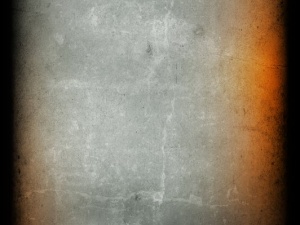Complementary Surface-Enhanced Raman Scattering (SERS) and IR Absorption Spectroscopy (SEIRAS) with Nanorods-on-a-Mirror
Abstract
The surface-enhanced counterparts of Raman scattering (SERS) and infrared (IR) absorption (SEIRAS) are commonly used to probe and identify nanoscale matter and small populations of molecules. The contrasting selection rules offer complementary vibrational information of bulk solids or solutions. In this study, a complementary surface-enhanced vibrational spectroscopy approach is presented to probe the vibrational signature of metal-bound molecular monolayers. Nanocavities are designed and produced with sharp and tunable visible (VIS) and mid-IR gap resonances by placing nanorods on a mirror that is coated with a thin dielectric spacer. Their VIS resonances are tuned to match a 1.61 eV (770 nm) resonant excitation for SERS, while their mid-IR resonances span the 1500–2800 cm−1 range (6.5–3.5 μm) in high resolution for SEIRAS, targeting CN bond vibrations at 2220 cm−1. Both the VIS and mid-IR gap modes support spatially overlapping and highly enhanced near-fields ensuring strong SERS and SEIRAS signals from the same monolayer molecular population. The differences in the vibrational information obtained with the two surface-enhanced spectroscopies when probing coupled molecular vibrations are highlighted and the advantages of using such a platform for investigating cavity-modified chemical reactions are discussed.



